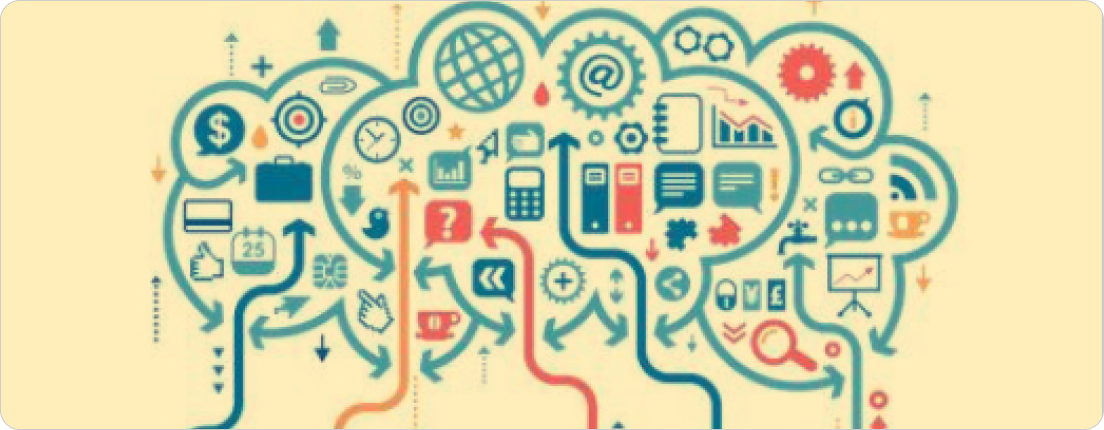


Reasoning refers to the ability of machines (and humans) to make logical inferences or draw conclusions from data or information. In data science, reasoning is critical because it enables models and algorithms to interpret data, infer relationships, and make predictions. In other words, reasoning helps organizations transform data into an understandable format.
In today’s world, enterprises must handle large and complex datasets that come in both structured and unstructured forms. Most Online Transaction Processing (OLTP) systems are not designed to process complex and/or unstructured data streams. They do not build reasoning frameworks or present insights in a way that eliminates the need for further analysis. As a result, enterprise systems often present raw data, leaving management to interpret and analyze it, making the decision-making process cumbersome. This occurs because traditional enterprise systems lack reasoning capabilities in their underlying data models and processing logic.
Modern tools are purpose-built and specialized in reasoning with data, preparing it for direct business consumption, and enabling faster decision-making. Data reasoning requires systems to offer the following capabilities:
Ability to process data from AnySource and in any form (structured/unstructured).
1) Flexibility in data models to handle changing scenarios and enrich data dynamically.
2) Scalability to manage large datasets without significant investments.
3) Handling uncertainties in data.
4) Performing reasoning with data, which can be classified into two types:
5) Organizing data to make it AI-ready.
The success of any generative AI (GenAI) project hinges on data readiness. High-quality, clean, and organized data available for real time conversation at scale plays a critical role. A Gartner study found that only 20% of AI projects, including generative AI initiatives, are deployed at scale, while 30% are abandoned before production. In both scenarios, a lack of data readiness is among the top issues derailing these projects.
Preparing data for AI is a crucial factor, and tools specializing in data reasoning fulfill this requirement, making data ready for GenAI applications.
Modern tools leverage advanced analytics and visualization capabilities to prepare data for direct business use, minimizing delays in decision-making. These tools are scalable and allow business users to explore data from multiple perspectives without needing custom development for each requirement. Reasoned data is made available in various formats for easy business consumption.
The use of modern tools outside traditional enterprise landscapes accelerates data reasoning, enhances scalability, and simplifies data interpretation. Offered as SaaS solutions, these tools do not require significant budgets or capital expenditure. Furthermore, their continuous evolution through innovation ensures that organizations using these tools remain competitive. Without such tools, achieving the same outcomes internally could prove to be highly resource-intensive and expensive.